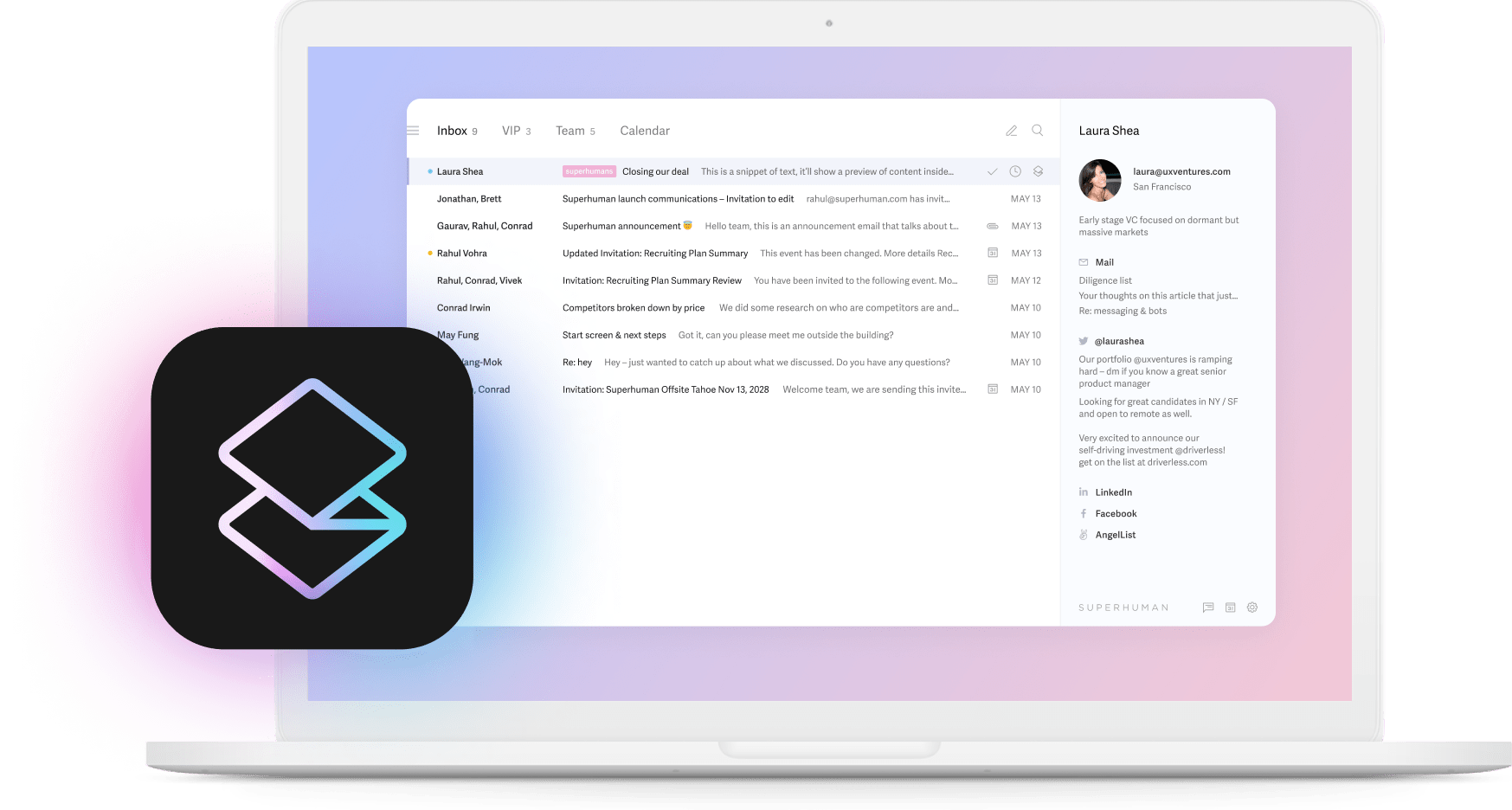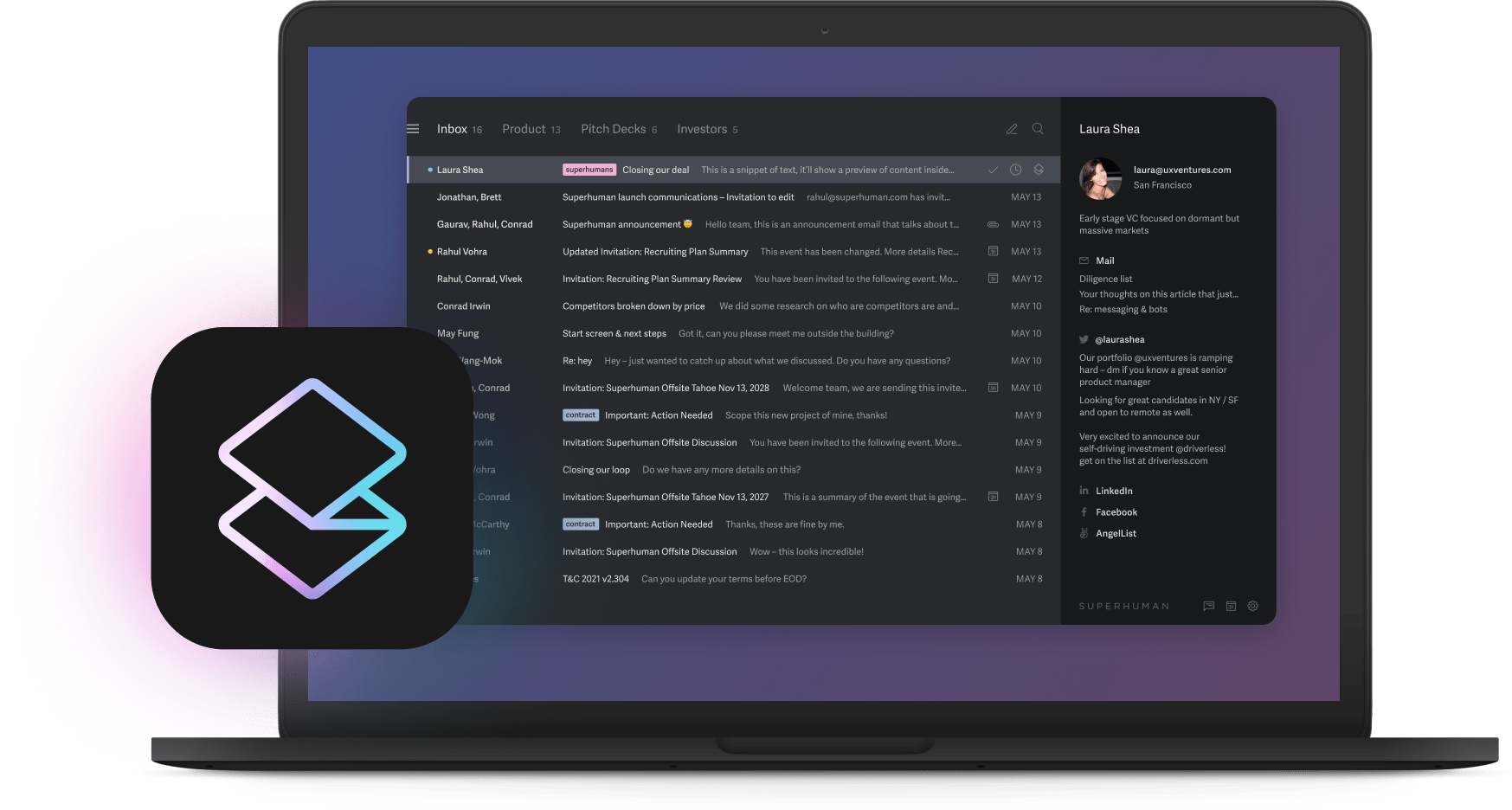
The global AI market is worth over $600 billion right now. And it's set to grow more than 5 times larger in the next 5 years at a rate of 37.3% annually. Just look at how fast businesses are jumping on board: generative AI usage has shot up from 55% to 75% among business leaders in just one year.
For fast-moving companies, these technologies can completely transform how you work. The economic impact is huge too, with AI and machine learning expected to boost real GDP by nearly 3% by 2035.
Let's explore five emerging AI technologies with practical advice on how your business can actually put them to work.
1. Agentic AI
Think of agentic AI as going from having a calculator to having a personal assistant. Instead of just following commands, these systems make decisions and take actions on their own while learning from the results.
What makes agentic AI special:
- It makes decisions on its own within boundaries you set
- It handles complex processes across multiple systems
- It gets better over time by learning from what works
We're already seeing this in action with sales teams automating their entire process from finding leads to sending personalized messages. Another big area is workflow automation that adapts and improves as it runs.
For example, sales teams now use agentic AI to qualify leads, write personalized emails, schedule follow-ups, and update their CRM without lifting a finger. The whole process flows smoothly with minimal human input but still maintains that human touch customers expect.
There are still some hurdles to clear. People aren't always comfortable trusting AI with big decisions, different AI agents don't always play nice together, and connecting these systems to your existing tools can get tricky. But adoption is picking up speed, and by next year, we'll likely see these systems become standard in many industries.
2. AI that actually reasons through problems
AI has leveled up from just recognizing patterns to actually thinking through problems step by step. This shift is huge: AI now understands not just what happened but why it happened and how to solve it.
Modern reasoning models work through problems logically instead of just matching patterns. They can tackle problems that need multiple steps, understand cause and effect, and test different theories.
These advanced reasoning systems solve complex problems using logical steps, just like humans do. They're particularly valuable in fields like science, coding, math, law, and medicine where thinking through problems matters more than pattern matching.
Today's AI landscape has two main types: big models like GPT-4 and Claude that can do almost anything, and specialized smaller models built for specific tasks. This variety lets businesses pick tools that fit their exact needs without wasting resources.
Financial firms now use reasoning AI to look at market trends, regulatory changes, and company performance to develop investment strategies that account for how all these factors interact. Healthcare organizations use these systems to review patient histories, symptoms, test results, and medical literature to help doctors make better diagnoses and treatment plans.
In the next 1-2 years, we'll see these systems get more reliable, more transparent, and able to handle increasingly complex chains of thought. This will make them useful for even more business applications where getting the reasoning right really matters.
3. Multimodal AI
Multimodal AI works with different types of information all at once — text, images, video, and audio. It's like going from talking on the phone to video chatting with screen sharing. You get the whole picture.
By understanding all these different inputs together, multimodal AI enables:
- Customer experiences that feel natural and human
- Quality control systems that can see problems and explain them
- Data analysis that combines numbers, text, and visuals
- Communication that understands the full context
The productivity boost is impressive, with 66% of professionals expecting AI to triple their productivity in the next five years.
We're already seeing this in retail where visual search combines with conversation, in healthcare where imaging and patient records work together, and in content creation where text, image, and video generation all happen seamlessly.
Today's systems are pretty good at handling 2-3 different types of information. Soon they'll get even better at understanding all these formats together and making sense of the complete picture.
4. AI for scientific breakthroughs
AI is changing how we make scientific discoveries by speeding up research that used to take decades. These systems can analyze massive datasets, simulate complex systems, and come up with new ideas faster than we ever thought possible.
Areas where this is making a huge difference include:
- Finding new drugs and medicines
- Modeling climate change and environmental impacts
- Discovering new materials with specific properties
- Spotting financial risks and opportunities
A great example is in pharmaceutical research, where AI-driven simulation platforms dramatically speed up the journey from identifying a target to starting clinical trials. These systems quickly test thousands of compounds, predict how molecules will behave, and optimize formulations. Tasks that used to take years in a lab now happen in a fraction of the time.
For companies investing in R&D, these technologies give you a serious edge through faster innovation, lower costs, and the ability to explore possibilities that would be impossible to test manually.
The potential goes beyond traditional research areas too. AI can help solve complex industry problems that seemed impossible before, from optimizing complicated supply chains to developing custom materials for specific needs.
5. AI in autonomous systems
Autonomous systems have grown way beyond self-driving cars. They're now handling all kinds of business tasks by combining sensing, decision-making, and action without needing constant human supervision.
We're seeing these systems implemented across:
- Supply chains with self-managing inventory
- Factories with production lines that adjust themselves
- Office workflows that optimize as they run
- Customer service systems that understand context and respond appropriately
The benefits go beyond just saving time. These systems give you strategic advantages in cutting costs, managing risks, and adapting quickly when things change.
The rules and regulations around these technologies are catching up too, with specific guidelines emerging for different industries from banking to healthcare.
Small and medium businesses don't need to miss out either. There are specialized solutions designed for specific functions like customer communication, scheduling, and routine operations. These focused tools can deliver great returns without needing the resources of a large enterprise.
Strategic implementation guide for high-growth companies
Assessment and preparation
Before jumping into AI implementation, take time for a proper readiness check:
- Data infrastructure evaluation Look at your data quality, accessibility, and governance. Make sure AI systems can actually access the information they need to work effectively.
- Process identification Map out your current workflows and find where AI could make the biggest difference. Focus on areas where you'll see clear returns.
- Team skills assessment Take stock of your team's technical skills and identify gaps you need to fill through training or hiring.
The time to act is now: 78% of companies are already using AI, with 71% specifically using generative AI in at least one business function. By 2025, 44% of businesses expect to use AI and machine learning technology, with product development seeing the biggest impact.
These technologies aren't just for big corporations anymore. 89% of small businesses have already integrated AI tools to automate routine tasks, boost productivity, and make employees happier.
Implementation playbooks for key business functions
Communication excellence playbook
- AI-powered email management implementation Set up smart systems that automatically organize, prioritize, and write responses to your incoming emails.
- Recommended tool: Superhuman for AI-native email management that automatically categorizes and drafts responses
- Success metrics: Cut email response time from 24+ hours to under 4 hours. Double your email processing without spending more time
- Common obstacle: Team members resisting new email workflows. Solution: Start with a small group of influential team members who can show others how well it works
- Meeting intelligence system setup Use tools that automatically create summaries, capture action items, and track follow-ups from your meetings.
- Recommended tool: Otter.ai for AI transcription and meeting insights
- Success metrics: Spend 90% less time on meeting notes. Increase action item completion by 40%
- Common obstacle: Poor audio quality hurting transcription accuracy. Solution: Standardize your meeting setup and give teams guidelines for optimal audio
- Automated follow-up configuration Set up smart reminder systems that make sure important communications never slip through the cracks.
- Recommended tool: Followup.cc for automated email follow-up management
- Success metrics: Reduce missed follow-ups by 80%. Increase deal close rates by 15-20%
- Common obstacle: Too much automation creating generic-feeling messages. Solution: Create different templates with specific points for personalization
Companies that organize their data before implementing AI see faster returns and better results, especially in communication workflows where context and history really matter.
Try SuperhumanDecision acceleration playbook
- AI-based data analysis implementation Set up systems that automatically process information from different sources to spot patterns, trends, and unusual signals relevant to your key decisions.
- Recommended tool: ThoughtSpot for AI-driven business intelligence
- Success metrics: Cut analysis time from weeks to days. Increase data-backed decisions from 40% to 80%
- Common obstacle: Data trapped in silos preventing comprehensive analysis. Solution: Create a data lake strategy before implementation
- Scenario modeling configuration Use tools that generate and test multiple potential outcomes based on different variables and assumptions.
- Recommended tool: Causal for business modeling and forecasting
- Success metrics: Make scenario analysis 5x faster. Improve forecast accuracy by 30%
- Common obstacle: Unrealistic assumptions in models. Solution: Have peers review scenario inputs for reality checks
- Performance monitoring dashboard Create real-time visualization systems that track key metrics and give immediate feedback on decision outcomes.
- Recommended tool: Domo for real-time business intelligence dashboards
- Success metrics: Cut reporting lag from weeks to minutes. Get 95%+ of leadership actually using dashboards
- Common obstacle: Too many metrics creating confusion. Solution: Start with just 5-7 critical metrics before adding more
The impact of these systems is huge, with AI saving employees an average of 2.5 hours per day and 28% of business leaders using AI to cut company costs.
Team productivity playbook
- AI writing assistant deployment Use tools that help teams create high-quality content faster by generating drafts, suggesting improvements, and keeping a consistent voice.
- Recommended tool: Jasper for AI-powered content creation
- Success metrics: Cut content creation time in half. Keep engagement metrics steady or improve them on AI-assisted content
- Common obstacle: Inconsistent voice across team content. Solution: Create a central style guide and branded templates
- Workflow automation implementation Set up systems that automatically handle routine tasks so your team can focus on creative and strategic work.
- Recommended tool: Zapier for no-code automation across platforms
- Success metrics: Automate 40% of recurring tasks within 90 days. Give each team member back 5+ hours per week
- Common obstacle: Complex edge cases breaking automation. Solution: Map all process variations before building workflows
- Intelligent task prioritization Deploy AI systems that analyze workloads and deadlines to suggest the best task sequences and resource allocation.
- Recommended tool: Motion for AI-powered scheduling and prioritization
- Success metrics: Cut missed deadlines by 90%. Improve team capacity utilization by 30%
- Common obstacle: Resistance to AI-recommended priorities. Solution: Start with a hybrid approach that allows manual overrides
Customer experience playbook
- AI personalization engine implementation Set up systems that analyze customer data to deliver tailored experiences, recommendations, and communications.
- Recommended tool: Dynamic Yield for omnichannel personalization
- Success metrics: Boost conversion rates by 20-30%. Increase average customer lifetime value by 25%
- Common obstacle: Not enough customer data for effective personalization. Solution: Start with high-traffic touchpoints to quickly build data assets
- Predictive service model setup Implement tools that anticipate customer needs and proactively address potential issues before they happen.
- Recommended tool: Zendesk with predictive service capabilities
- Success metrics: Reduce support tickets by 30%. Increase customer satisfaction scores by 15-20 points
- Common obstacle: False positives creating unnecessary interventions. Solution: Start with only high-confidence predictions and expand as accuracy improves
- Intelligent engagement pathway creation Configure systems that guide customers through optimized journeys based on their specific needs, preferences, and behaviors.
- Recommended tool: Braze for customer journey orchestration
- Success metrics: Increase journey completion rates by 40%. Reduce customer acquisition costs by 25%
- Common obstacle: Overly complex journey maps creating confusion. Solution: Start with 3-5 core journeys before adding more
Implementation resources and partners
Budget allocation recommendations
For startups and growth-stage companies, put 5-10% of your tech budget toward AI implementation. Focus on applications with clear ROI and metrics. Mid-sized companies typically allocate 8-15% of tech budgets, while enterprises typically spend 10-20%.
Implementation timeline expectations
- Proof of concept: 4-8 weeks
- Initial deployment: 2-3 months
- Scale and optimization: 6-12 months
Vendor selection criteria
- Experience in your specific industry
- Ability to customize to your needs
- Integration with your existing systems
- Clear pricing tied to business outcomes
- Strong security and compliance
Watch out for common pitfalls: inadequate data preparation, unclear success metrics, poor change management, and forgetting to continuously optimize your systems.
Why these technologies will change everything (and how to get ahead)
The five emerging AI technologies we've explored offer incredible opportunities for high-growth businesses. From agentic AI and reasoning models to multimodal systems and scientific accelerators, these technologies give unprecedented capabilities to organizations ready to implement them strategically.
The window for early adopters is closing fast as adoption speeds up across industries. Companies that move quickly now will build capabilities and workflows that competitors will struggle to match later.
The most successful implementations will balance innovation with practical execution and focus on specific business outcomes rather than chasing technology for its own sake. Strategic assessment, careful planning, and disciplined execution will help you realize the full potential of these powerful tools.
Remember that AI technologies work best when they enhance human capabilities rather than replace them. The organizations that thrive will be those that effectively combine human creativity, judgment, and leadership with AI's analytical power, speed, and scalability.





